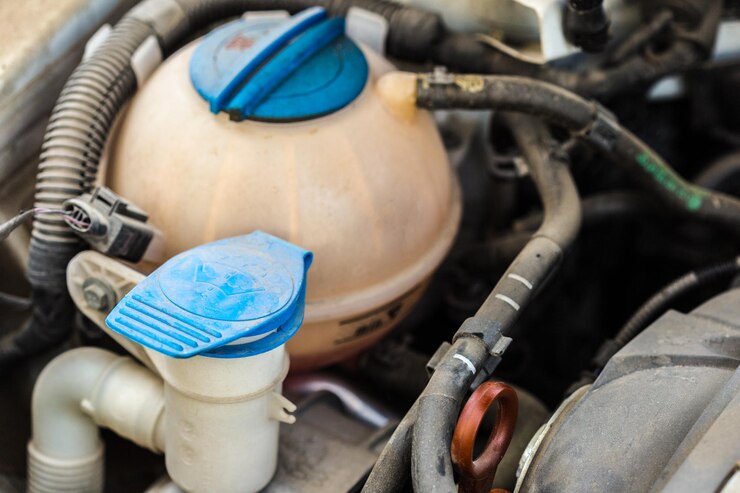Amidst the intricate web of components that keep your vehicle running smoothly, the windshield washer fluid reservoir often goes unnoticed. However, this unassuming container plays a crucial role in maintaining visibility and ensuring safe driving conditions. In the realm of windshield washer fluid reservoirs, various types cater to diverse needs, incorporating unique features, materials, and designs. Here’s a comprehensive guide to different types of car windshield washer fluid reservoirs that every driver should be familiar with.
- Standard Plastic Reservoirs:
The workhorse of windshield washer fluid storage, standard plastic reservoirs are the default option for most vehicles. They are cost-effective, durable, and resistant to temperature fluctuations. Often transparent, these reservoirs allow for easy monitoring of fluid levels. - Multi-Chamber Reservoirs:
Evolving with modern vehicle designs, multi-chamber reservoirs are engineered to house different fluids in separate compartments. Beyond windshield washer fluid, these reservoirs may accommodate additional fluids like antifreeze or headlight washer fluid. This innovation optimizes space under the hood. - Heated Reservoirs:
Tailored for colder climates, heated reservoirs incorporate a heating element to prevent the freezing of washer fluid in chilly conditions. This ensures that the windshield washer system remains operational even during winter, enhancing overall safety. - Custom-Fit Reservoirs:
Precision matters, and custom-fit reservoirs are designed for specific makes and models. These reservoirs seamlessly replace original parts, offering a perfect fit and simplifying the installation process for both drivers and mechanics. - Integrated Pump Reservoirs:
Streamlining the washer system, integrated pump reservoirs incorporate the pump directly into the reservoir design. This reduces the number of components and the complexity of the system, making it more efficient and compact. - Eco-Friendly Reservoirs:
With a growing emphasis on sustainability, eco-friendly reservoirs emerge as an environmentally conscious choice. Crafted from recycled materials or designed for easy recyclability, these reservoirs contribute to reducing the ecological footprint of automotive components. - Metal Reservoirs:
Occasionally found in high-end or custom vehicles, metal reservoirs offer durability and resistance to damage. While less common due to their weight, these reservoirs cater to enthusiasts who prioritize sturdiness and longevity. - OEM Replacement Reservoirs:
Original Equipment Manufacturer (OEM) replacement reservoirs maintain consistency with the original parts installed by the vehicle manufacturer. These reservoirs adhere to the same specifications and quality standards, ensuring compatibility and reliability. - Collapsible Reservoirs:
Safety takes center stage with collapsible reservoirs, designed to minimize injury risks in the event of a collision. Constructed from materials that collapse upon impact, these reservoirs prioritize occupant safety. - Quick Connect Reservoirs:
Simplifying the replacement process, quick connect reservoirs feature systems that facilitate easy detachment and reattachment. This design caters to both DIY enthusiasts and professional mechanics, reducing the time and effort required for maintenance.
Understanding the nuances of windshield washer fluid reservoirs empowers drivers to make informed decisions regarding maintenance, replacements, and upgrades. Whether it’s durability, environmental considerations, or specific features, there exists a reservoir type to match individual preferences and requirements. As we navigate the intricate mechanics of our vehicles, let’s not overlook the significance of the humble windshield washer fluid reservoir in ensuring safe and clear journeys on the road.











